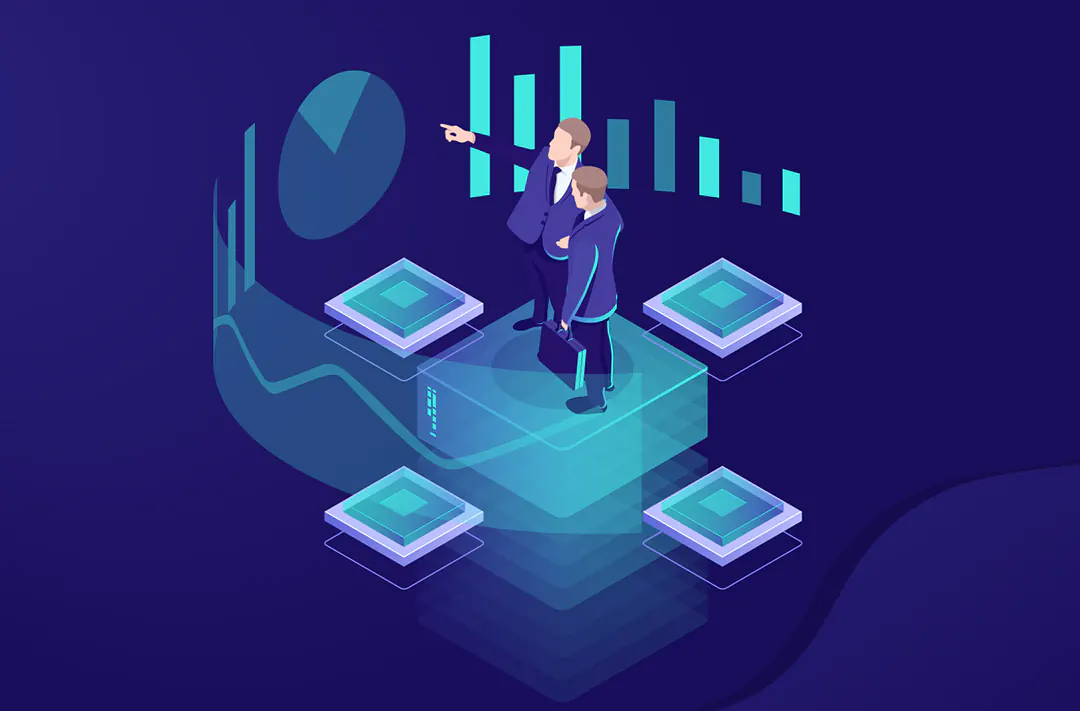Analyst called the way to make 40% profit on promising altcoin
Michaël van de Poppe believes that Fantom (FTM) is suitable for opening a long position

27.05.2022 - 08:10
308
2 min
0
What’s new? Crypto analyst Michaël van de Poppe has advised opening a long position on the Fantom (FTM) token. He believes that there is a good entry point on the altcoin’s chart, as the coin has the prospect of rising to $0,48 (a gain of almost 40% from the current rate). As of May 27, 2022, FTM is trading at $0,35 (according to Binance).
🤝 $FTM.This one played out nicely. Not a bad place for longs now. https://t.co/RJAySPeUZF pic.twitter.com/3SjCK4iq5K— Michaël van de Poppe (@CryptoMichNL) May 26, 2022
What is Fantom? It is a DeFi smart contract platform for decentralized applications and digital assets, created in 2018. The network is compatible with the Ethereum Virtual Machine (EVM) and supports the Solidity programming language. The platform hosts dozens of blockchain projects, including decentralized exchanges and NFT marketplaces.
What happened before? In his previous posts, Van de Poppe spoke about other promising altcoins. He expects growth in the rates of three assets: Chainlink (LINK), Decentraland (MANA), and THORChain (RUNE). The analyst called to buy these tokens as soon as possible and covered them in detail.
Van de Poppe also mentioned Zilliqa (ZIL), Polygon (MATIC), and XCAD Network (XCAD) as promising low-cap altcoins. In his view, these tokens have a chance to grow in price.
In addition, the analyst called conditions for the bitcoin price to rebound above $30 000. A slowdown in consumer price inflation or a drop in the number of jobless claims could trigger the first cryptocurrency’s rise in value. Van de Poppet explained that compliance with one of these conditions could prompt the US Federal Reserve System (Fed) to ease monetary policy.
Experts at Santiment also called three assets that are extremely oversold and ready for impulse growth: Maker (MKR), Serum (SRM), and Binance Coin (BNB). For more details on the analysis of the price movements of these altcoins, see the link.
Useful material?
Technologies
Network fees will be integrated into the cost of swaps
Nov 22, 2024
Market
The company’s unrealized profits from investing in its first cryptocurrency approached $14 billion
Nov 19, 2024
Incidents
The search, the reason for which was not announced, took place a week after the election, the results of which Polymarket users predicted quite accurately
Nov 14, 2024
Market
Analysts point to the growing popularity of the first cryptocurrency as a safe haven asset
Nov 13, 2024
Market
The product will begin trading on the Swiss Exchange on November 19
Nov 12, 2024
Market
The company’s unrealized profits from investing in the first cryptocurrency approached $13 billion
Nov 12, 2024









 Telegram
Telegram  Twitter
Twitter